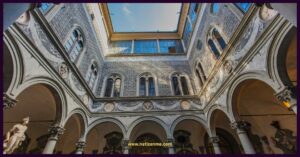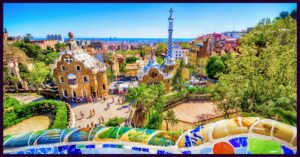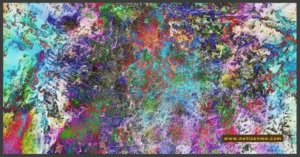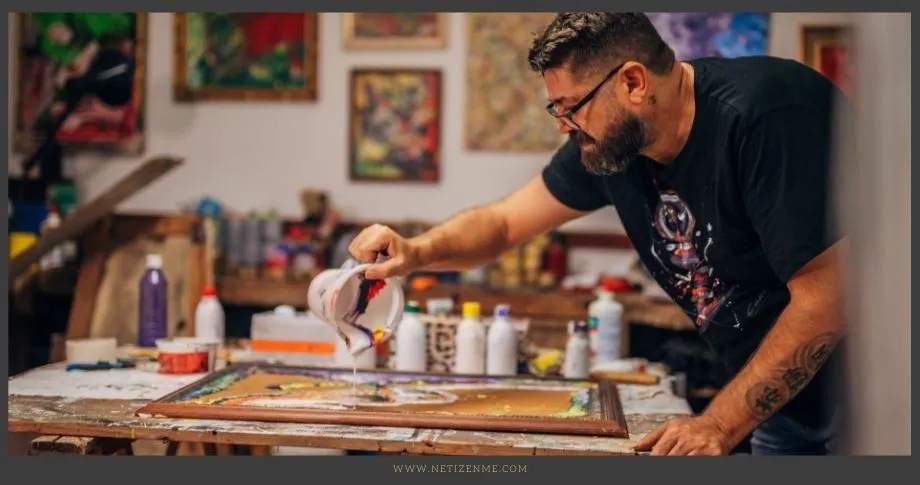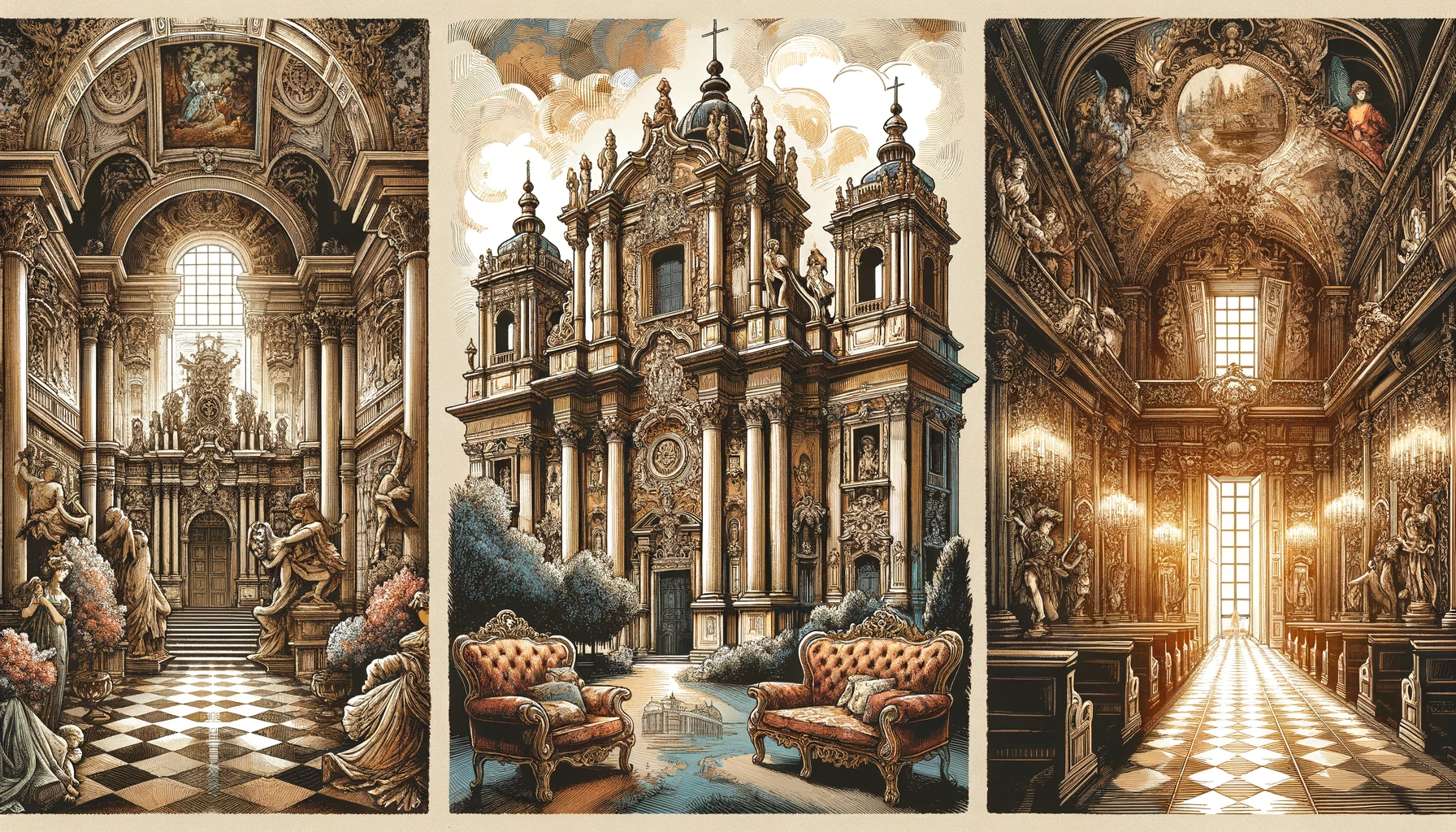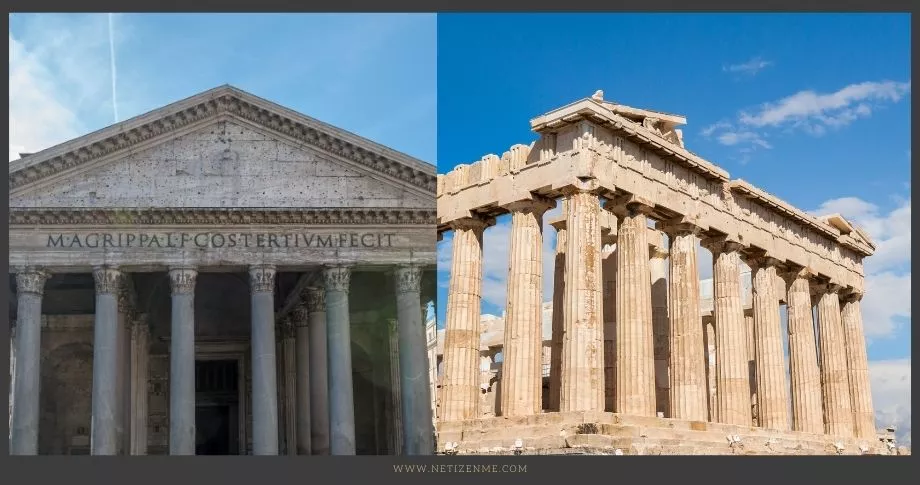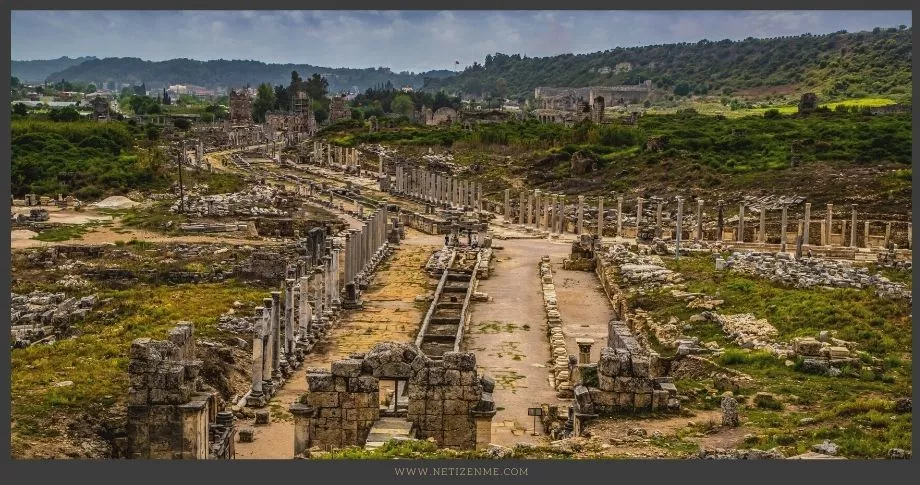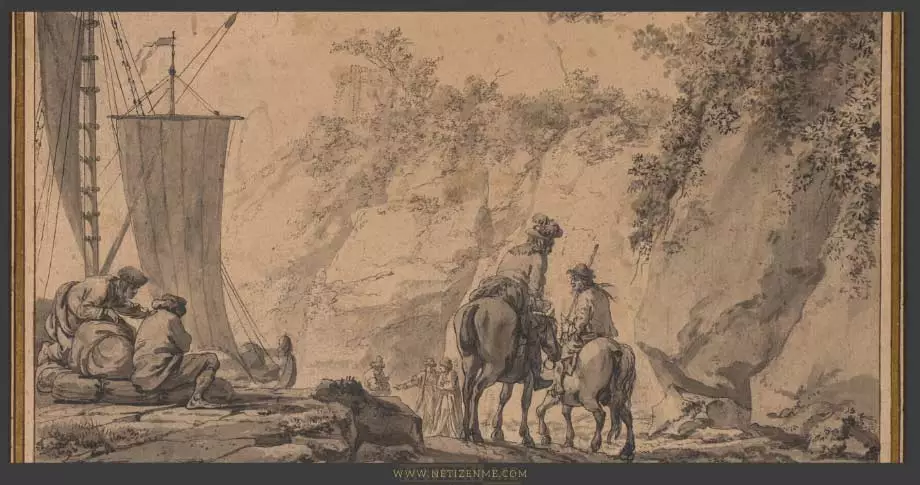
The Effect of the French Revolution on the Art World
Let’s look at the effect of the french revolution on the art world. French history carries a large portion of the art revolution itself.
The famous era of the French Revolution, which lasted for a decade (1789-99), was always dominated by the Rococo and Neoclassicism styles of the art world. Ruled by French monarch Louis XIV, the country faced solid political challenges that saw plenty of rejection of authority and dissatisfaction.
The influential power of these art styles
This resulted in an endless plethora of artistic revolution from France’s best artists like Poussin and Le Brun. The influential power of these art styles is underlined by the changes and evolution of all art paintings and sculpture designs in France, Austria, Germany, and many parts of Europe. The Rococo style, most significantly, illuminated pure naturalism, clever asymmetry, water colourization, and simple detailing.
Well-renowned French artist Jean-Antoine Watteau made it quite clear in his work that the Rococo art style was best defined by elegance and entertainment. However, other artists invested their thoughts and creativity in the mythical concepts surrounding eroticism in the mature Rococo movement.
Even in the architectural world of France during the time, the use of deep knowledge and “enlightened” philosophies were used to conjure the ground-breaking way of revivalism. Most French artists began to draw some inspiration from both Roman and Greek art to introduce a sharper version of Neo-classicism when the Rococo style was finding it hard to hit home.
It is also important not to forget that all these inventions by artists in their artworks were meant to showcase realistic societal impacts and statements in response to the political revolutions during the era.
French political movement
Numerous artworks symbolized the deeper contexts of the French political movement during the late 1700s. This can be further highlighted through the effects of human rights, simple morals, the system of monarchy, and other political systems. For instance, Jacques-Louis David’s “Death of Marat” and his “Oath of Horatii”, used the grand ideas of the Roman art style to highlight many of France’s rules, such as aristocracy and feudalism.
Many more examples can easily be found in works done by Musee Fabre, Anne-Louise Girodet, and Jean Francoise-Pierre Peyron, which sanguinely depict true heroism and goodness with a whole new take on historical arts and architecture.
French history carries a large portion of the art revolution by exploring the untapped corners of the artist’s beautiful mind. With all the intricate detailing on display, we still get the deserved opportunity to witness our world with more compassion and a new perspective without depleting a modicum of meaning.
Check the following reference article to learn more about the effect of the french revolution on the art world:
- Medici Influence: Renaissance Arts, Music, Science

- Antoni Gaudí: The Architectural Maestro Who Captivated the World

- In What Ways Did Italian Renaissance Scholars Embrace Classicism?

This article is written by:
This article is written and edited by in-house writers and editors. Knowledge Netizen editorial team is committed to providing accurate and informative content. You can cite our articles under the author name "NetizenMe"
